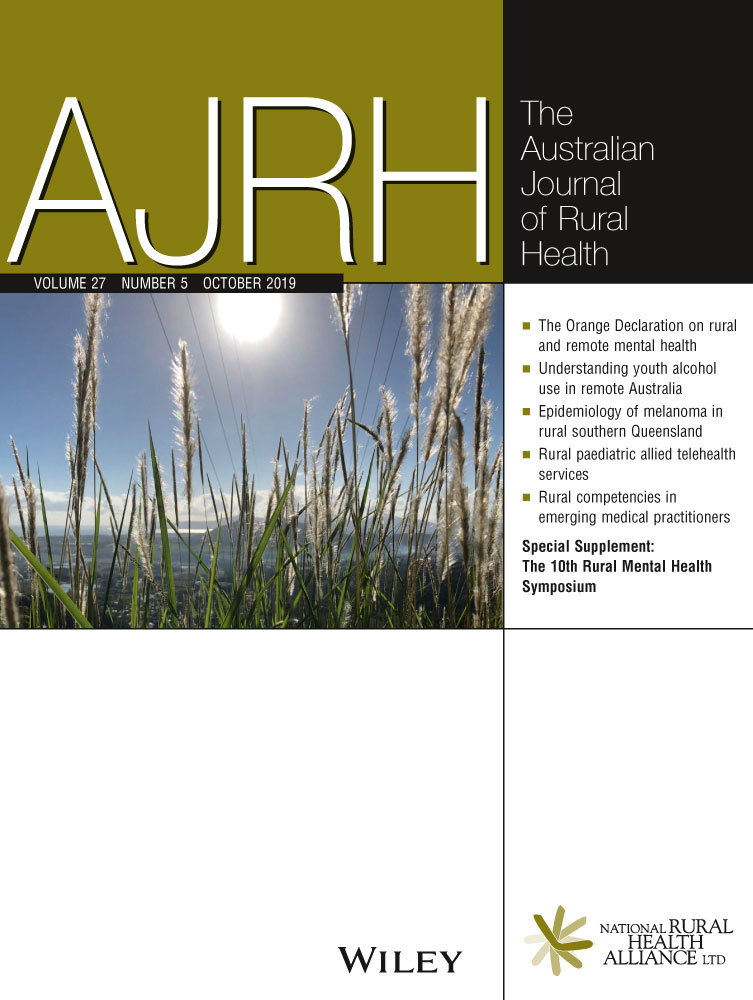Imminent birth education for rural and remote settings: An evaluation study
Abstract
Objective
To describe the development and evaluation of an educational resource that aimed to provide the non-midwifery workforce in rural and remote health facilities with basic knowledge and skills to assist women who present when birth is imminent.
Design
Descriptive methods using surveys were employed to evaluate the resource named the Imminent Birth Education Program.
Participants
Health professionals employed in Queensland Health rural and remote non-birthing facilities.
Intervention
An evidence-based, blended educational program comprising an online component, a face-to-face workshop and an education package for midwives to facilitate the workshop in their health service.
Results
More than 600 participants completed the online course component, and the majority of these participants were employed in non-birthing facilities. Throughout the project, two project officers facilitated face-to-face workshops, training participants to facilitate the workshop in their own health services. The reach of the Imminent Birth Education Program was statewide with clinical staff from all 16 Hospital and Health Services participating.
Conclusion
The uptake of the Imminent Birth Education Program has been widespread across the state and positively evaluated by the rural and remote non-midwifery workforce in non-birthing facilities. This evidence-based program is an effective way to provide the knowledge, skills and confidence to assist health professionals to care for women who present to these facilities when birth is imminent.
CONFLICTS OF INTEREST
The authors declare they have no conflicts of interest.




